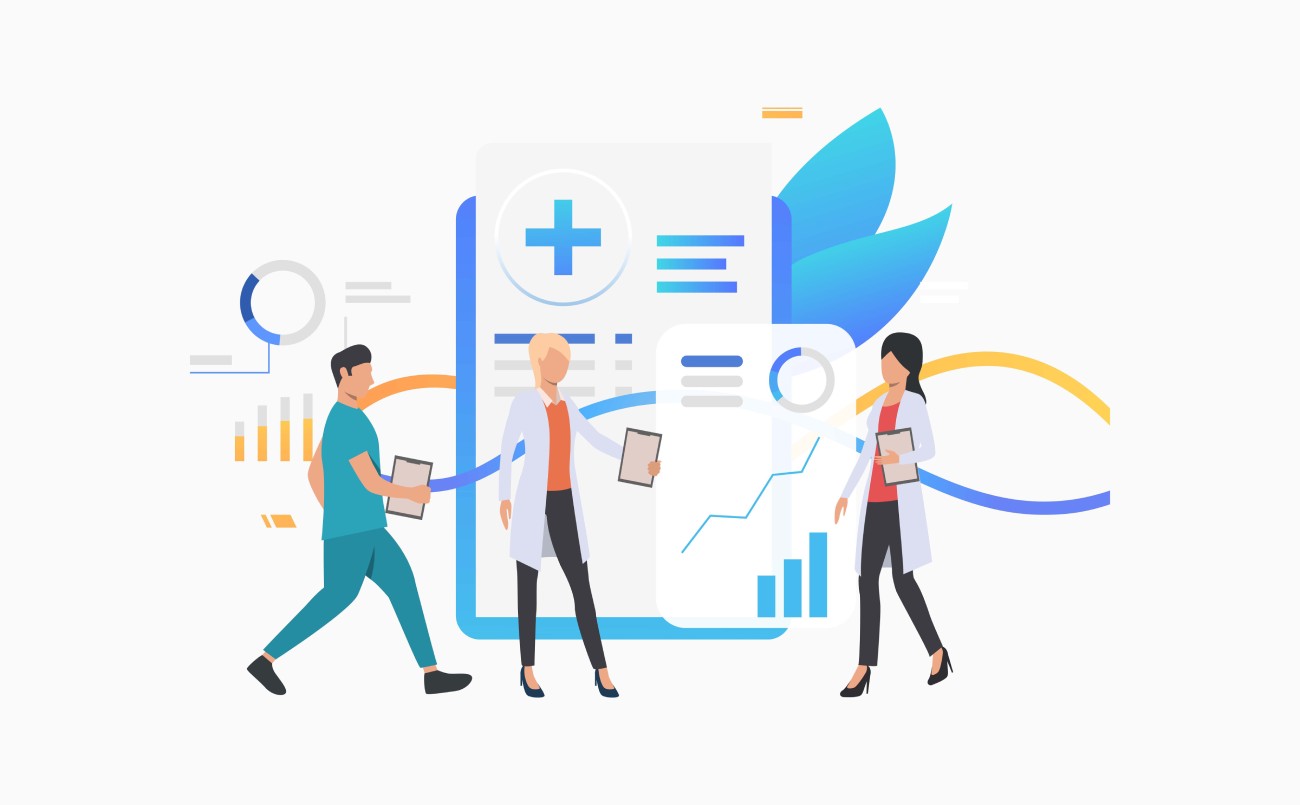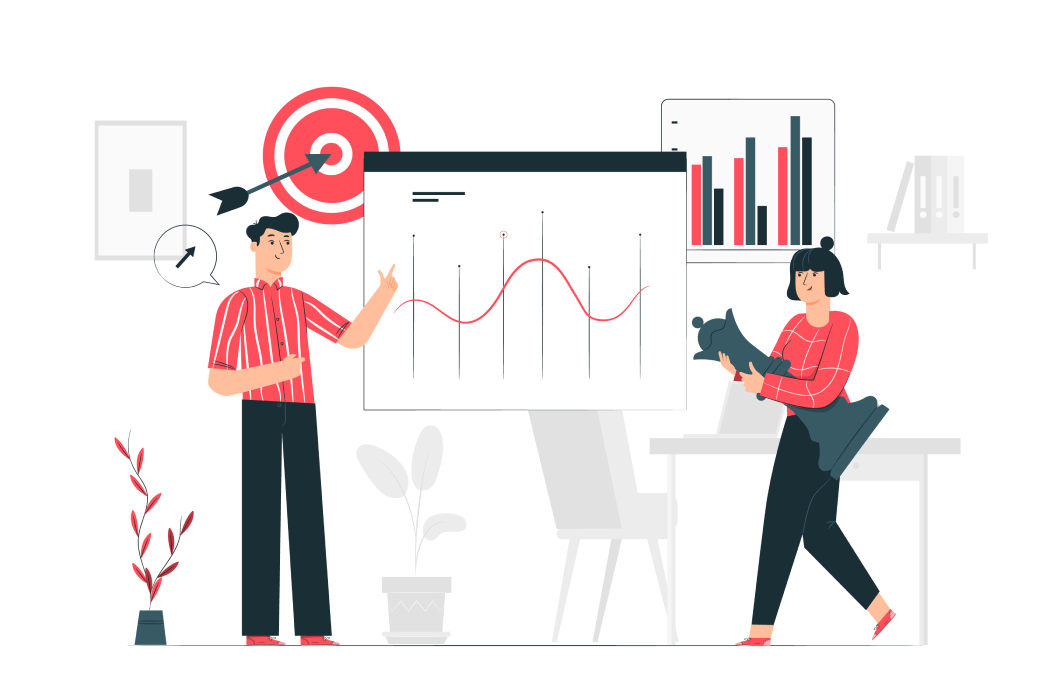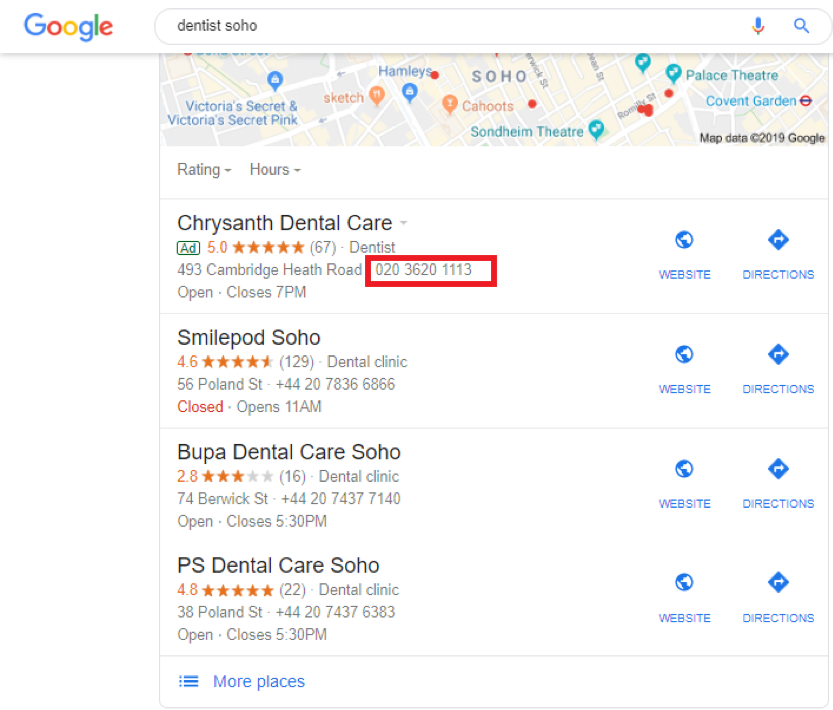In this day and age, very few businesses can get away without advertising their goods or services on Google Ads. And in order to make sure your marketing campaign is as effective as it can be, you need to know which keywords are leading to offline conversions and which are underperforming.
This presents even more of a challenge if your business requires conversions to be recorded offline, such as with phone calls. If that is the case, you will need to use a call tracking software to determine keyword performance and make sure you find the best way to allocate your marketing budget.
Below we will go over what keyword level call tracking is, how it works, and the steps you can take to integrate it into your Google Ads campaign.
What Is ‘Keyword Level Call Tracking’?
To understand what keyword level call tracking is and how it works, we first have to take a look at dynamic numbers.
Using dynamic numbers means you are assigning a separate phone number to every source of online advertising you use. These can range from organic searches to Yelp, PPC, or Google Ads. Combine this with a call tracking solution to find out where the caller found the phone number they are using to contact your company.
Since each of these sources has a keyword associated with them, these keywords also end up being tracked. By using this approach, you can determine how effective each individual keyword or phrase is at attracting new customers and driving conversions.
How Does Keyword Level Call Tracking Work?
As we mentioned above, for keyword-level tracking to work, you will need a call tracking solution with the dynamic number insertion feature.
This feature works by creating a pool of phone numbers that belong to your business. Each visitor is shown a separate phone number when they visit your website, depending on which source they used to get there. For example, someone who found your website using an organic Google search will see a different number than someone who clicked on a Google Ad or a Yelp review.
Using this method gives you greater insight into the usefulness of each keyword and ad you are using, which in turn lets you optimize your Google Ads campaign for better results. It also helps you allocate your marketing budget by focusing on the best-performing keywords.
How to Track Keywords Using Call Tracking
Once you’ve set up a dynamic number insertion system, you’re ready to start tracking keywords using call tracking. Now, each time a visitor comes to your website, they are assigned an individual phone number. At the same time, Google Analytics is also tracking that user’s online behavior while they are on your website.
Once a visitor uses their individual number to call your business, the call tracking solution will link that number to the data in Google Analytics. This way, you will be able to determine which keywords the caller used to find your website.
As we mentioned above, Google Ads campaigns can end up using thousands of keywords. This isn’t a problem, however, since a visitor leaving your site means that their custom number is now back in the pool and free to be used for another visitor.
Since you can determine the size of the phone number pool, this feature makes it easier to use your marketing budget more effectively. Over time, it will also let you hone in on the keywords that lead to the highest rate of offline conversions. This way, you can optimize your use of keywords without the need to increase expenses.
Conclusion
Campaign level call tracking is important, but if you want to get an accurate insight into what works and what doesn’t, you will have dive deeper into the keyword level.
Make sure you track your keywords through Google Analytics and set up dynamic numbers that will track your keyword performance offline. If you do this, you will have an overview of offline conversions that will help you save costs, optimize your marketing, and boost your sales.




